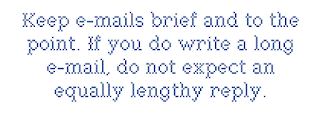Reading take-aways (5/3)
 |
| May 2009 Cover of the New Yorker by Jorge Colombo Source: The New York Times online |
Peppler's third chapter "The New Digital Arts: Forms, Tools, & Practices" began with a great example of coming to terms with technology in art. A 2009 cover of the New Yorker was created on a $5 app - Brushes. I think Peppler brought up a good point about apps, such as those for digital painting, allowing people to mix virtual materials without having to pay for actual materials or an art class to have access to them. Digital tools have made experimentation with materials in a contemporary way much more accessible. While I can't say that working with oil paint on digital painting apps gives me the same satisfaction as mixing oil paint on my palette, it is a great way to get people involved with the arts who normally wouldn't pay for the materials or take a formal arts class.
I also appreciated how the reading brought up comics, manga, and anime and the problem with them often not being seen as an art form by art educators. Comics are part of the cultural sphere that influences adolescents, so denying this as an art form may be denying a large part of adolescents' creative inspiration. Because of this, students often turn to online communities to share their work. I was observing in a classroom last week and had a student show me all of her comics on DeviantArt. I noticed how she had paid careful attention to the expressions of characters, the text, and character development - all aspects of graphic novels that art teachers should realize make them interesting platforms for storytelling in the arts.
Even animation, something I mostly see as being digital already, has come a long way. From flipbooks to Eadweard Muybridge's stop-motion of a horse, animation can now be made from apps on phones and iPads that make the process a lot easier. The reading also mentioned the possibilities of using Scratch to animate digitally with code. I don't have any experience with Scratch, so I'm very interested in learning more about the program and the opportunities to use it in the art classroom in multiple ways.
Peppler, K. A. (2014). New creativity paradigms: arts learning in the digital age. Chapter 3, The New Digital Arts: Forms, Tools, and Practices.

Comments
Post a Comment